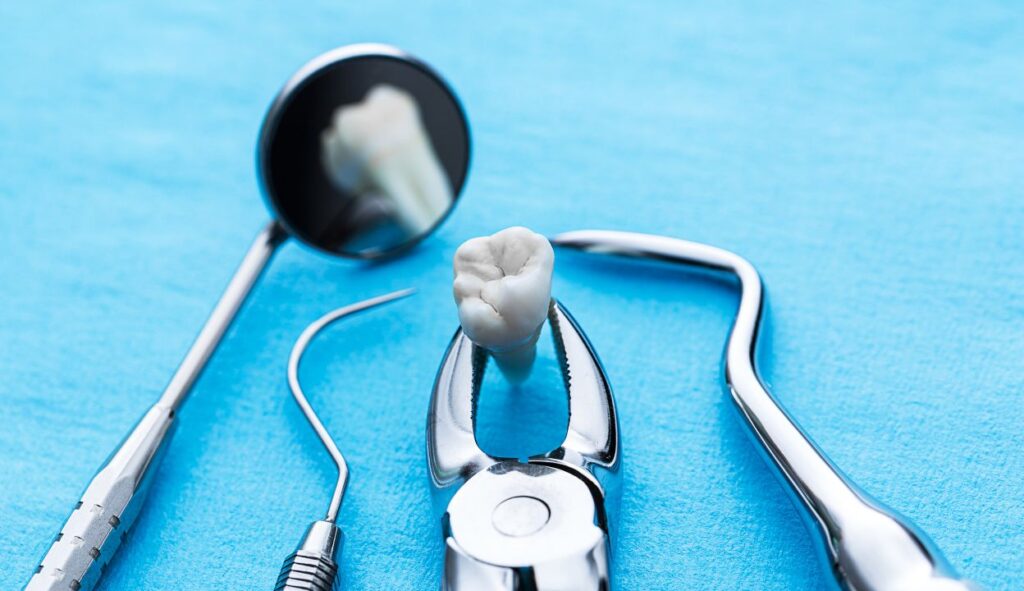Dental extractions are sometimes necessary to maintain your oral health and overall well-being. Our team of experienced professionals is dedicated to providing safe and efficient dental extraction procedures. Dental extractions, also known as tooth extractions or exodontia, are common surgical procedures performed to remove a tooth from its socket in the jawbone. Dental extractions may be necessary for various reasons, including severe tooth decay, advanced periodontal disease, impacted wisdom teeth, overcrowding, dental trauma, or preparation for orthodontic treatment. Some complex dental extractions may require a referral to an oral surgeon.
Following the extraction, it is essential to follow these instructions for a smooth recovery:
At our dental practice, we prioritize your comfort, safety, and overall oral health. Our experienced dental team uses the latest techniques and state-of-the-art equipment to perform dental extractions with precision and care. We strive to create a relaxed and welcoming environment, ensuring your experience is as comfortable as possible.
If you require a dental extraction or have any concerns about your oral health, we are here to help. Contact our office.




Disclaimer: All the material presented in this website is to inform and educate patients. However, every case or individual is unique and therefore, it should not be used to take any diagnostic or therapeutic decision without previously consulting a licensed dentist.
ADA Compliance: The publisher of this website is committed to providing an accessible website. If you have difficulty accessing content, have difficulty viewing a file on the website, or notice any accessibility problems, please contact us to specify the nature of the accessibility issue and any assistive technology you use. We strive to provide the content you need in the format you require.